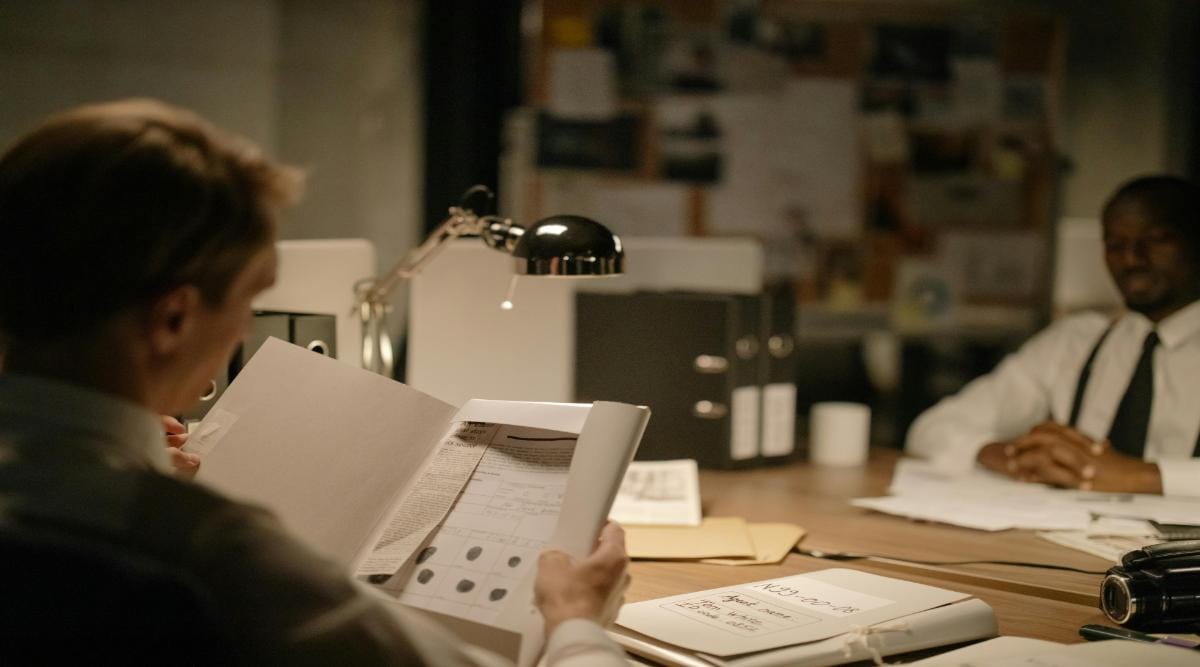Introduction
The U.S. National Archives has made public more than 2,200 previously classified documents concerning the assassination of President John F. Kennedy, comprising nearly 64,000 pages of files. The release sheds new light on C.I.A. operations during the Cold War era.
Also Read | Greenland’s Prime Minister Condemns the ‘Intensely Aggressive’ Visit by U.S. Officials
Insights
- C.I.A. Surveillance: Oswald was closely monitored, but no action was taken despite his suspicious activities.
- Agency Coordination Failures: Lack of timely intelligence sharing between the C.I.A. and F.B.I. may have contributed to the assassination.
- New F.B.I. Files: 2,400 previously lost records reveal details about Oswald’s associates and activities.
- Foreign Governments’ Fears: The USSR and Cuba feared U.S. retaliation, highlighting Cold War tensions.
- No Conspiracy Proof: Files don’t disprove Oswald acted alone but raise questions about intelligence gaps.
- Public Transparency: The release reflects ongoing demand for accountability.
- Future Discoveries: Thousands of pages remain unanalyzed, promising more insights.
Background
President Kennedy was killed on November 22, 1963, in Dallas, Texas. The Warren Commission determined that Lee Harvey Oswald acted alone in shooting him. Nonetheless, many conspiracy theories have lasted the test of time, adding to the calls for full transparency from the public. In January 2025, former president Donald Trump signed an executive order requiring the release of all remaining secret records that pertained to the assassination.
Main Event: The New JFK Files, in a Nutshell
More than 2,200 newly declassified documents have shed new light on the events that led to and followed President John F. Kennedy’s assassination on Nov. 22, 1963. Some of the most remarkable disclosures include information about C.I.A. spying, Lee Harvey Oswald’s travel overseas and new F.B.I. records that were just brought to light.
Lee Harvey Oswald C.I.A. Surveillance
The declassified documents show that the C.I.A. was keeping a close watch on Oswald in the months leading up to the assassination. He had defected to the Soviet Union in 1959 and returned to the United States in 1962. Oswald travelled to Mexico City in September of 1963, according to intelligence records, where he purportedly went to both the Soviet and Cuban embassies, requesting a visa to Cuba and the USSR.
The C.I.A. had intercepted phone calls and collected intelligence on Oswald’s meetings with Soviet officials, including a KGB officer identified in the files as a principal figure in the Soviet assassination department, according to the files. Those disclosures bolster speculation that U.S. intelligence agencies knew in advance about Oswald’s plans but did not take action.
Internal Communications Within the C.I.A. and the F.B.I.
The documents also provide insight into internal debates surrounding Oswald at the C.I.A. and F.B.I. One report shows that senior officials debated if Oswald was a serious security threat. Some newly declassified memos indicate that the C.I.A. did not share intelligence on Oswald’s activities with other government agencies in a timely fashion, raising questions about possible intelligence failures.
In one memo, a senior intelligence officer stated that Oswald’s background and movements “warranted closer scrutiny” but also that there was a lack of coordination between agencies at the time. That has thrown historians back to older questions about whether the assassination might have been avoided if the sharing of intelligence had been better.
F.B.I. unearthed files that were never made available
Another big headline from the document dump is that the bureau found about 2,400 records it didn’t realize it still had, many of which it thought had been lost or destroyed. They include classified reports about Oswald’s known associates, intercepted communications and surveillance logs from intelligence agencies. Some of the records are said to detail F.B.I. informants who had interacted with Oswald before the assassination.
An informant tipped the F.B.I. to an individual matching Oswald’s description, making violent threats against government officials, according to one file from October 1963. But it’s unclear from the report if anything was done then.
Fears That Foreign Governments Will Want to Condemn You After Assassination
The documents also show the reactions of foreign governments, especially the Soviet Union and Cuba. A newly declassified memo demonstrates just how worried Soviet officials were that Kennedy’s assassination might trigger a nuclear confrontation, particularly if the United States blamed the Soviet Union for having a hand in the act.
The Cuban leader, Fidel Castro, whose government at the time the U.S. had been scrutinizing, was said to be fearful of being blamed for Kennedy’s assassination. Among the files are transcripts of intercepted communications among Cuban officials on how to deal with possible fallout from the killing.
No Clear Evidence of a Conspiracy — So Far
While the newly released documents do shed more light on the intelligence operations involving Oswald, they do not provide definitive evidence of a larger conspiracy. The Warren Commission’s official conclusion that Oswald acted alone is undisputed in these files. Yet the extent of intelligence agency involvement and knowledge regarding Oswald’s actions remains open to debate among historians and researchers. Experts say even more discoveries could come as researchers dig through the thousands of new pages still being analyzed and the decades-long records kept classified.
Implications
These revelations offer the public a more profound insight into the events surrounding Kennedy’s assassination as well as the degree of government surveillance during the Cold War. For the government and the intelligence agencies, the disclosures may lead some to reevaluate long-established practices of procedure and openness.
Conclusion
Although the new documents add context to the events surrounding President Kennedy’s assassination, they do not significantly change the widely accepted story that Oswald worked alone. However, they illustrate the complex work of intelligence agencies during that period. Historians and researchers will continue sifting through these files, likely revealing more information about this transformative moment in American history.

